How It's Made
A Small Engineering Team with a Big Impact
A Q&A with Instacart’s first VP of Algorithms
We just welcomed Haixun Wang to Instacart as our first-ever Vice President of Algorithms and Distinguished Scientist. In his new role, Haixun will lead the team that fine-tunes the artificial intelligence technology and machine learning models that power our four-sided marketplace.

These models help us understand what’s on the shelves in stores, recommend item replacements, normalize catalog data, make personalized cart recommendations, serve ads and coupons, and get groceries to your door within those tight 2-hour windows.
Haixun spent his career researching artificial intelligence and implementing cutting edge machine learning technologies at IBM, Microsoft, Google, Facebook, Amazon, and WeWork. We sat down with Haixun to talk about AI’s practical applications, building teams, and (of course) what’s always in his cart!
You’ve got a long career in research and technology. How did you transition from research to engineering management?
In retrospect, I have been a little restless in my more than 20-year career as a computer scientist and engineer. For a large part of it, I worked in industrial research labs. I was with IBM Research for nine years, Microsoft Research for four years, Google Research for two years, and my passion and focus in research was knowledge bases and natural language understanding. I was yearning for some real-life impact, so I moved to Facebook and then Amazon to lead engineering teams in Search. I always wanted to join a startup because I believed it would enable me to see the big picture with regard to priority and strategy. So, after being with many of the biggest tech companies in the world, I joined WeWork to lead its Applied Science organization. It gave me the opportunity to explore new curiosities such as computer vision, IoT, and robotics. The last 2.5 years at WeWork did broaden my scope as I worked on many data-driven projects such as pricing, revenue optimization, and marketplace intelligence, all of which are important to their core business.
How did you get to know our product?
Unlike a lot of my friends and relatives, I actually knew about Instacart well before the pandemic. After seeing a shopper make a delivery to a coworker, I talked with the shopper and inquired about things like how much capacity his car had, how many orders he typically fulfilled in a day, and how he would like to do things differently. Never had I imagined one day I would be seriously looking into these same questions from a pure algorithmic perspective.
I’ve been a loyal customer of Instacart and, since the shelter-in-place orders took effect in San Francisco, I’ve found myself in a “debugging” mode.” As I fill up my cart, I often think: “Hmm, the result of this search needs to be more relevant.” Now, I have an opportunity to actually drive the positive change I’ve wanted to see as a customer.
After interviewing with the team, were you surprised by anything you found out about the company?
No really big surprises — e-commerce technologies have thrived and matured over the last 20 years as industry and academia continue making big investments in this area. Still, I was both surprised and impressed by how small the technology team is (especially its machine learning and data science component) given what Instacart has achieved as a company. It was amazing see how Instacart has scaled over the last year, and how the company has stepped up to safely serve customers, shoppers and retailers over the last few months in the face of this sudden, unexpected surge in demand spurred by COVID-19.
I consider this the best moment to join a company like Instacart. It is in a stage where teams are small, problem spaces are broad and deep, and opportunities are boundless. But, it’s also beyond the stage characterized by ad-hoc solutions and short-term thinking. From an engineer’s point of view, this is the moment when things become more exciting and rewarding.
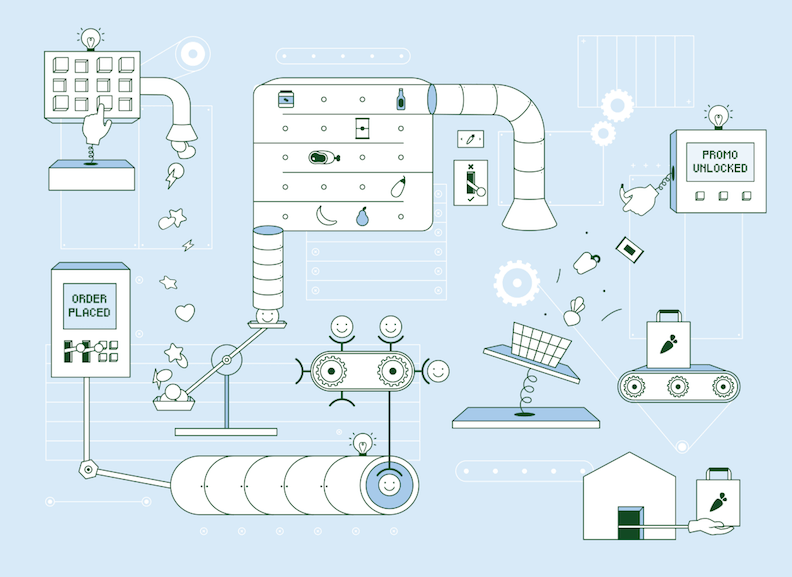
What hard challenges do you foresee the brand new Algorithms team tackling?
The Algorithms team consists of machine learning engineers, economists, operations research scientists, as well as system and infrastructure engineers. In the short-term, the biggest challenge is to maximize the business impact that can be made by a team with limited capacity. This requires us to ruthlessly prioritize, to decide where we have to dive deep, and where a minimal viable product (MVP) will suffice for now. In the long term, the biggest challenge in my eyes is to revolutionize the online shopping experience for our customers. We need to go beyond the current “search, click, and ship” paradigm. Today, customers want to be informed, inspired, enlightened, and entertained. How do we do that? Well, certain technologies, such as conversational AI, augmented reality (AR), or combining e-commerce with social media will help, but more importantly, we need to rethink e-commerce with regard to its goal and scope.
What qualities do you look for in a Machine Learning Engineer?
A machine learning engineer is not just someone who can train a deep learning model in an existing deep learning framework. We are eager to work with scientists and engineers who have a solid background in math and statistics, who understand not just predictions but also actions and payoffs, who possess the intuition to separate possibles from impossibles, and who have the imagination to turn impossibles to possibles.
It’s month one. Now that you’re settling in, what project are you going to tackle first?
I’ve spent my first week getting to know the team and working hard to understand the status of existing projects. We’re focused on things such as supply and demand prediction and search relevance changes that improve customer experience and satisfaction. There are so many more projects the Algorithms team works on — projects that touch all four sides of our marketplace — but again, it will take time to decide how to prioritize them all.
Last but not least— what’s always in your cart?
I am nuts about nuts. Almonds, pistachios, walnuts, cashews are my absolute favorites. I also love granola and Greek yogurt. If you catch me turning off video during Zoom meetings, I am probably snacking!
Want to explore new practical uses for AI with Haixun? We’re hiring! Check out our careers page to see our current Engineering openings.
Learn more about Engineering at our Tech blog.
Most Recent in How It's Made
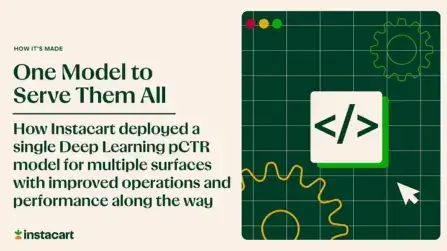
How It's Made
One Model to Serve Them All: How Instacart deployed a single Deep Learning pCTR model for multiple surfaces with improved operations and performance along the way
Authors: Cheng Jia, Peng Qi, Joseph Haraldson, Adway Dhillon, Qiao Jiang, Sharath Rao Introduction Instacart Ads and Ranking Models At Instacart Ads, our focus lies in delivering the utmost relevance in advertisements to our customers, facilitating novel product discovery and enhancing…...
Dec 19, 2023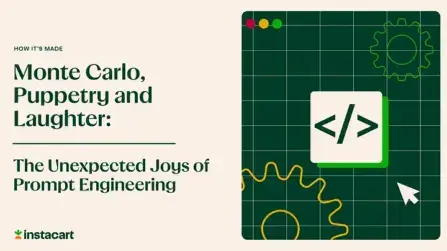
How It's Made
Monte Carlo, Puppetry and Laughter: The Unexpected Joys of Prompt Engineering
Author: Ben Bader The universe of the current Large Language Models (LLMs) engineering is electrifying, to say the least. The industry has been on fire with change since the launch of ChatGPT in November of…...
Dec 19, 2023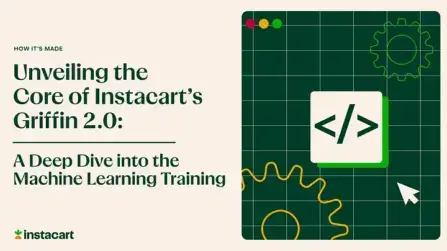
How It's Made
Unveiling the Core of Instacart’s Griffin 2.0: A Deep Dive into the Machine Learning Training Platform
Authors: Han Li, Sahil Khanna, Jocelyn De La Rosa, Moping Dou, Sharad Gupta, Chenyang Yu and Rajpal Paryani Background About a year ago, we introduced the first version of Griffin, Instacart’s first ML Platform, detailing its development and support for end-to-end ML in…...
Nov 22, 2023

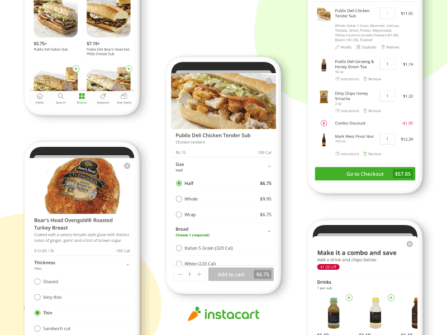 Building Instacart Meals
Building Instacart Meals 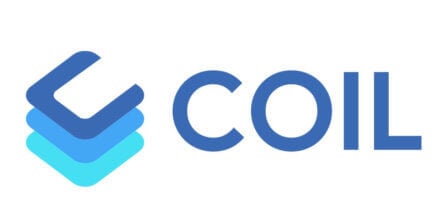 Introducing Coil: Kotlin-first Image Loading on Android
Introducing Coil: Kotlin-first Image Loading on Android  7 steps to get started with large-scale labeling
7 steps to get started with large-scale labeling 
